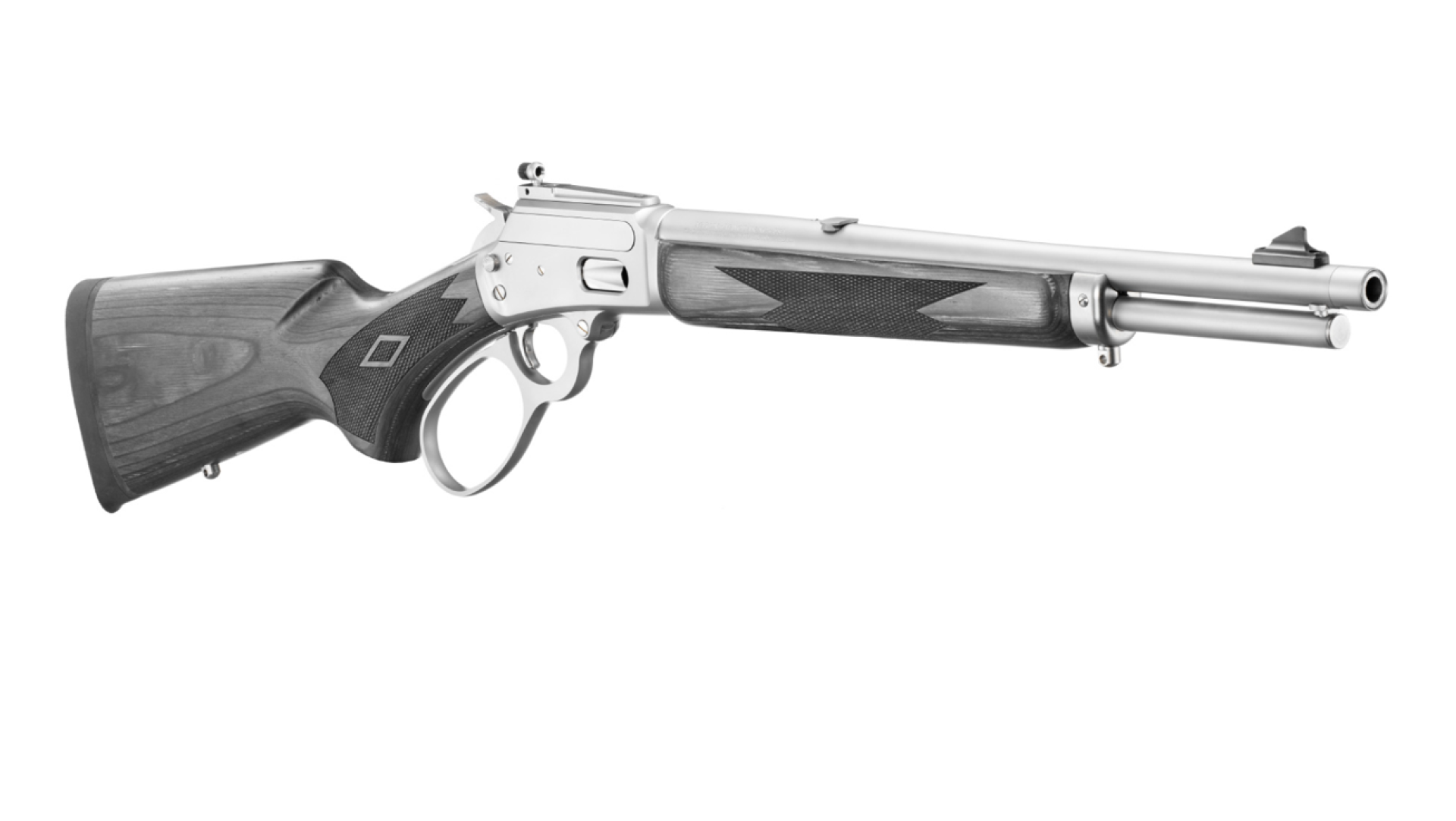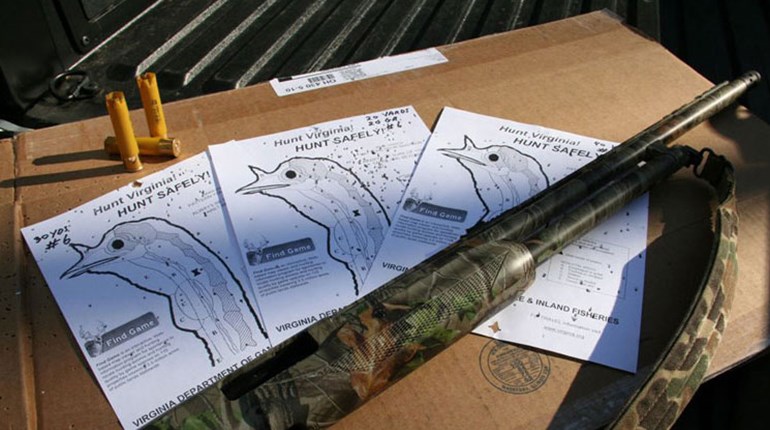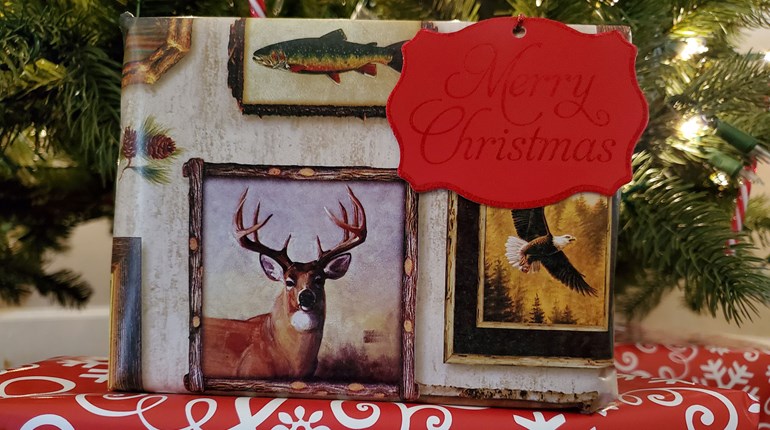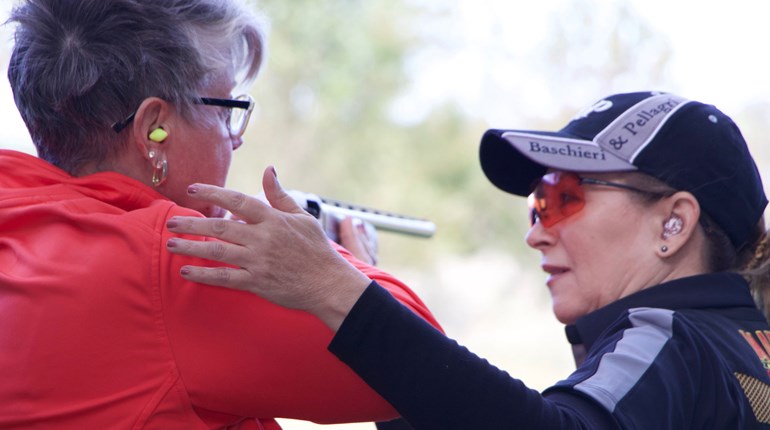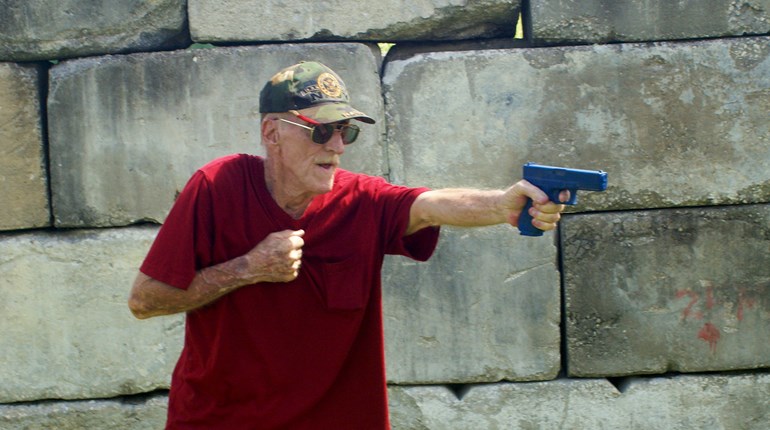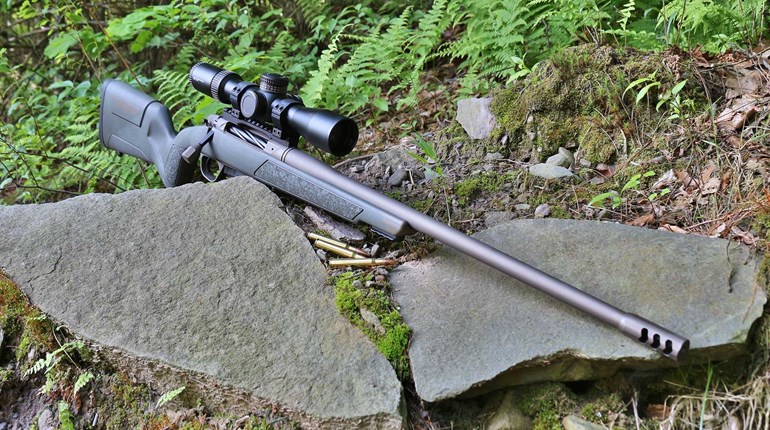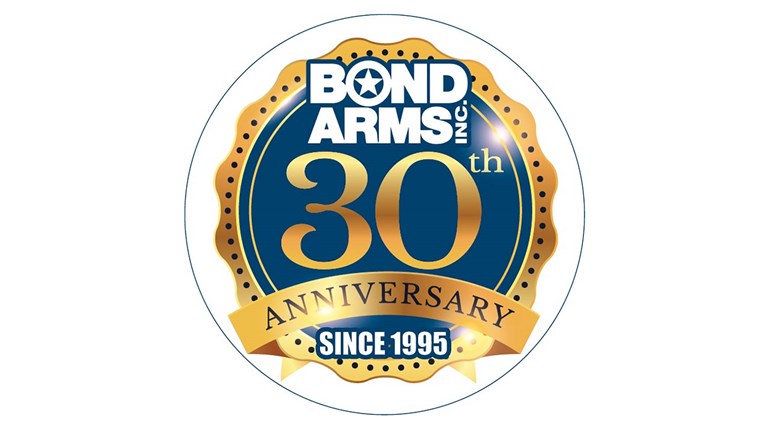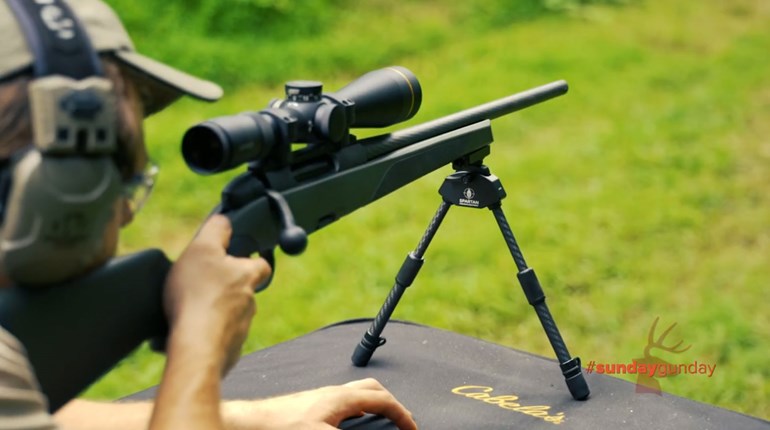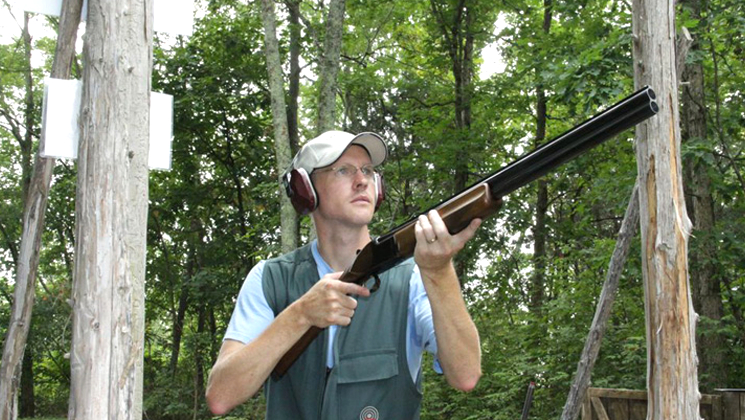
Sometimes it's good to be average. Let me explain.
I enjoy shooting sporting clays, and in recent years developed a hankering to own a new shotgun dedicated specifically to that growing shooting sport. So to achieve that dream, I sold a few of my guns that I hadn't been shooting much, and began my search for the perfect shotgun. I had two main criteria: a semi-automatic action-I'm getting older and wanted to reduce felt recoil as much as possible-and a price tag of less than $2,000.
After months of gun comparisons on the Internet, frequenting gun stores, test firing a few shotguns, and picking the brains of my shooting buddies, I finally selected a Winchester Super X3 Sporting. What ultimately sold me on the gun was its good looks-I like a stock with an oil finish-and the way the gun seemed to naturally align with my dominant eye and easily point where I was looking, every time I shouldered it. The gun just felt right. But I knew there was more to successful shotgun shooting than feel and finish. The real key is proper fit.
Getting Fit to Hit
Knowing this, I made an appointment with Rod Stumbo to have my new shotgun professionally fitted. Stumbo is the owner of Rod's Custom Stocks in Shelby, Ohio. He and his wife, Theresa, travel the country eight months each year attending competitive shotgun shooting events. They're not there to compete: Rather, they bring a large RV containing a mobile machine shop. Using that equipment, Stumbo fits shooters and can alter their shotguns on the spot, if necessary.
"On a scale of one to 10, with 10 being highest, fit is a 10 when it comes to successful shotgun shooting," said Stumbo. "The reason is because when shooting flying targets-either clays or game birds-you only have a few seconds when the target is within range to pull the trigger. There is no time to adjust your body to the gun, as there is in rifle shooting when shooting at stationary targets. A shotgun must fit a shooter, or you'll miss more than you should."
When Stumbo begins a fitting session with a shooter, he first looks at the overall length of the shotgun. "When a shooter mounts the gun, there should be about two finger widths of space between the knuckle of the thumb (on the hand holding the stock) and their nose," said Stumbo. "More length than that and the gun needs to be shortened; less length and the gun needs to be lengthened. That adjustment is accomplished by either shortening or lengthening the stock."
Stumbo next makes sure that the pupil of the shooter's master eye aligns with the gun's front sight. If it doesn't, he adds an adjustable comb to the top of the stock that raises the shooter's head when the gun is mounted. The adjustable comb can also move right or left, an adjustment known as cast on or cast off.
Thirdly, he looks at pitch, the angle at which the butt of the gun contacts a shooter's shoulder. "There are two adjustments for pitch," Stumbo said, "up pitch or down pitch. Ideally, when the gun fires, the same amount of pressure should be exerted on a shooter's shoulder along the entire length of the recoil pad."
What brings most shooters to Stumbo for his advice and expertise is relief from recoil. "Poor fit causes excessive recoil," said Stumbo. "I've seen some shooters so beaten up by their guns that their cheek is actually swollen and bleeding. If it hurts to shoot your shotgun, it's obviously not fitting you properly and needs to be adjusted."
According to Stumbo, most professional shotgun fitters take about an hour to properly fit a shotgun to a shooter, charging about $100 for the session. If adjustments are needed, possibly another short session or two may be required, punctuated by a practice round or two at the range to make sure everything is correct.
Stumbo concluded by saying that the most gratifying part of his job is adjusting a shooter's shotgun and then seeing him or her go to the range and top their previous high score. "To me, that's the ultimate compliment," he said.
The Verdict
Physically, I'm the average American male, standing 5'9" and weighing about 155 pounds. If you're a shotgun shooter that's good news, as most U. S. gun manufacturers design their shotguns to fit Mr. Average. After about 45 minutes of Rod Stumbo checking me for proper gun fit, he issued his final assessment.
"The gun actually fits you pretty well as it is" he said. "I would not suggest doing anything to alter it."
Like I said, sometimes it's good to be average.
But average or not, you'll benefit from a fitted shotgun. So no matter what shotgun sport you enjoy-trap, skeet, five-stand, sporting clays or wingshooting-consider having your shotgun professionally fitted. I guarantee you'll crush more clays and make more feathers fly.
W. H. "Chip" Gross (www.chipgross.com) is an NRA member, recreational shooter and veteran outdoors writer/photographer from Ohio.








